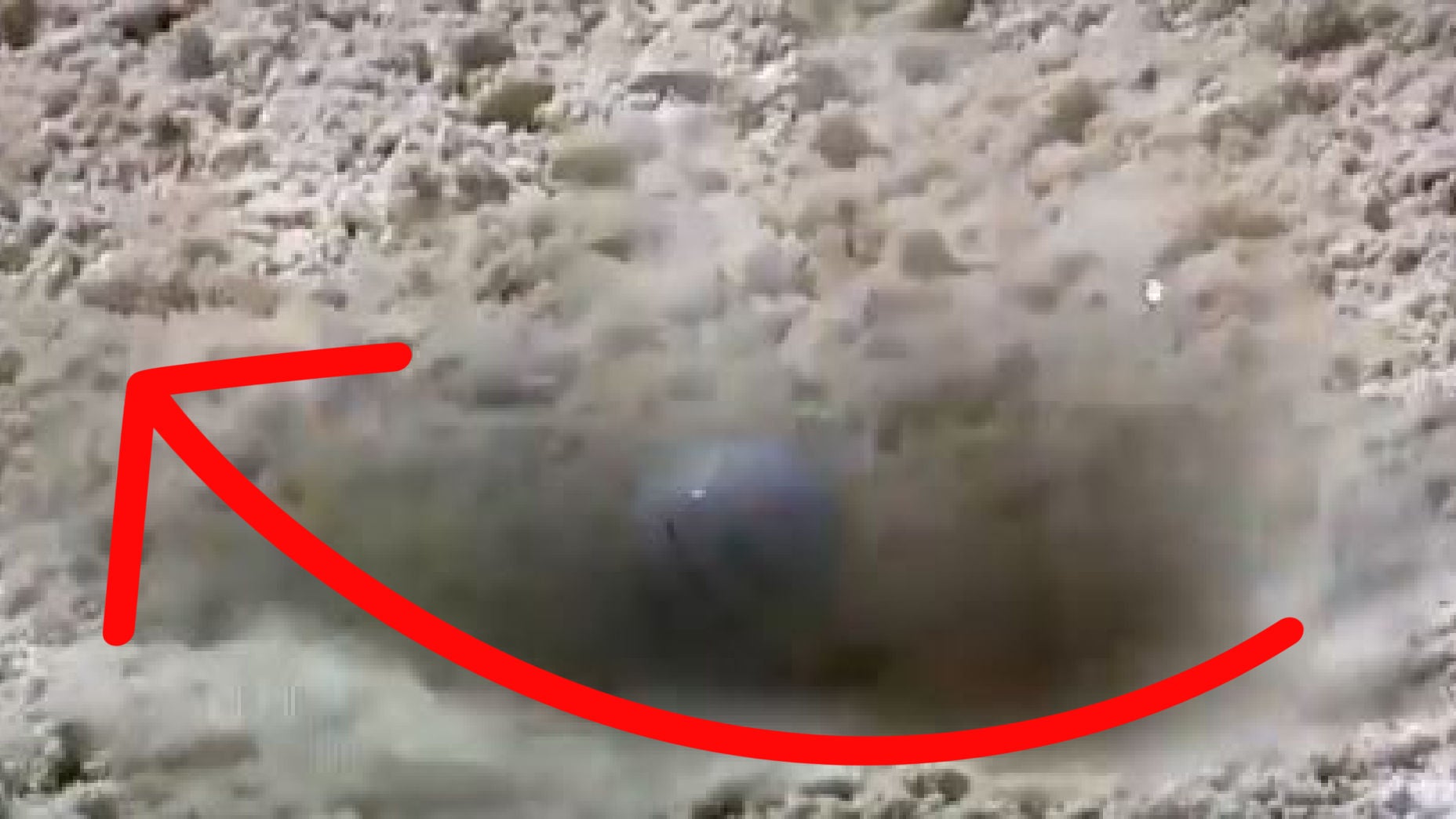It’s unfair to expect the Rules of Golf to be perfect, especially when the game is as nuanced and unpredictable as it is.
But it’s only natural for golf fans to become frustrated when they see the rule book clamping-down on things players do unintentionally, that don’t glean them any actual unfair advantage — which, after all, is the very reason rules are supposed to exist in the first place.
Abe Ancer found himself in that unfortunate situation on Thursday at the Masters when, after his round, a close-up shot showed the bottom of the club accidentally tap-down a small clump of sand. The result was a two-shot penalty.
That this happened isn’t really anybody’s fault. The rule exists, so Augusta National had to administer it; Abe Ancer did it, so he didn’t have much recourse to claim the tournament officials shouldn’t penalize him; and the powers-that-be can’t exactly change the rule on the fly even if they wanted to. Most people agree this was an unfortunate outcome for Ancer, but I did see a few rumblings on social media after I tweeted about this saying that Ancer deserved the penalty because he made the shot easier for himself, even if he he did so unintentionally.
Here’s why that’s wrong.
This is the clump of sand Ancer accidentally tapped-down. Those saying it’s a rightful penalty say so because tamping down this bit of sand improved his ability to get the clubface on the ball.
That may be true in, say, the fairway or the rough, but it’s not the case in the sand. In fact, the greenside bunker is the only area of the course where that’s specifically not the case, because golfers’ goal is to hit the sand first, and the ball second. As you can see in the ensuing frame from Ancer’s shot: the club comes into contact with the sand about three inches behind the ball, which allows the club to slide directly underneath the ball and exit the other side.
Hitting the sand first and sliding the club under the ball is what allows your bunker shots to come out of the bunker high and soft. So, that piece of sand that Ancer touched with his club? It would’ve had no effect on the shot itself, because he wasn’t trying to get the clubface on the golf ball. He was trying to get the clubface under the golf ball.
Golfers need to understand that key difference if they want to improve their own bunker game, and also to accept that Ancer was unfortunately penalized for something that in this case gave him no possibility of a material advantage.
